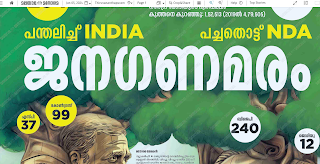A poem can be understood by trying to answer the following: who, what, when, where, and why. But it is wise to keep in mind the following to understand it fully:
Title: Understand the link between the title of the poem and the poem itself.
Speaker or character: Identify the speaker or the characters mentioned in the poem.
Setting: Find out the setting in which the poem is based on.
Situation: Understand the situation the speaker is in and its relevance to the poem.
Words: Understand the meaning of all the words in the poem, repetitions of words, punctuation, unusual expressions, capitalisation etc.
Form: The form in which the poem is written and whether it changes or develops into some other form.
Theme: The subject of or the idea behind the poem and the experience it tends to evoke, or the message it seeks to convey.
Imagery: Note the words that indicate or describe the auditory, visual, tactile, taste, smell, and movement in the poem and their contribution to the meaning or the poem itself.
Figures of Speech: Identify the type of figure of speech used. This includes simile, metaphor, paradox, personification, synecdoche (a part standing for the whole), metonymy (one standing for another), pun, hyperbole, irony, symbols etc.
Subscribe to:
Post Comments (Atom)
Newspaper front pages - June 5
Some images of front pages of newspapers after votes were counted on June 4, 2024 after a ridiculously long parliament elections. Did the ...

-
Some images of front pages of newspapers after votes were counted on June 4, 2024 after a ridiculously long parliament elections. Did the ...
-
The following classification of newspaper headlines is based on my journalism notes. They are from the point of page layout. Flush Left -Hea...
-
Leaders who pick and quibble and snipe are people who fear that a Mojofied team might threaten their own petty power. If your environment is...

No comments:
Post a Comment